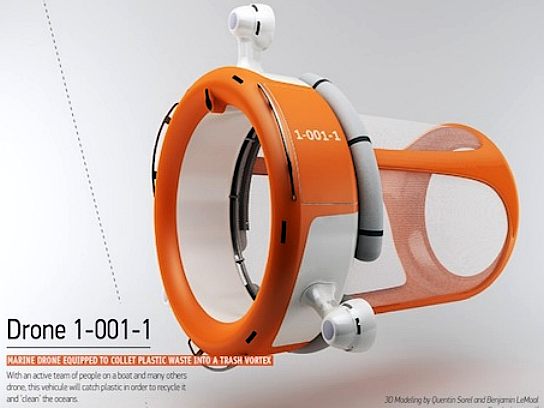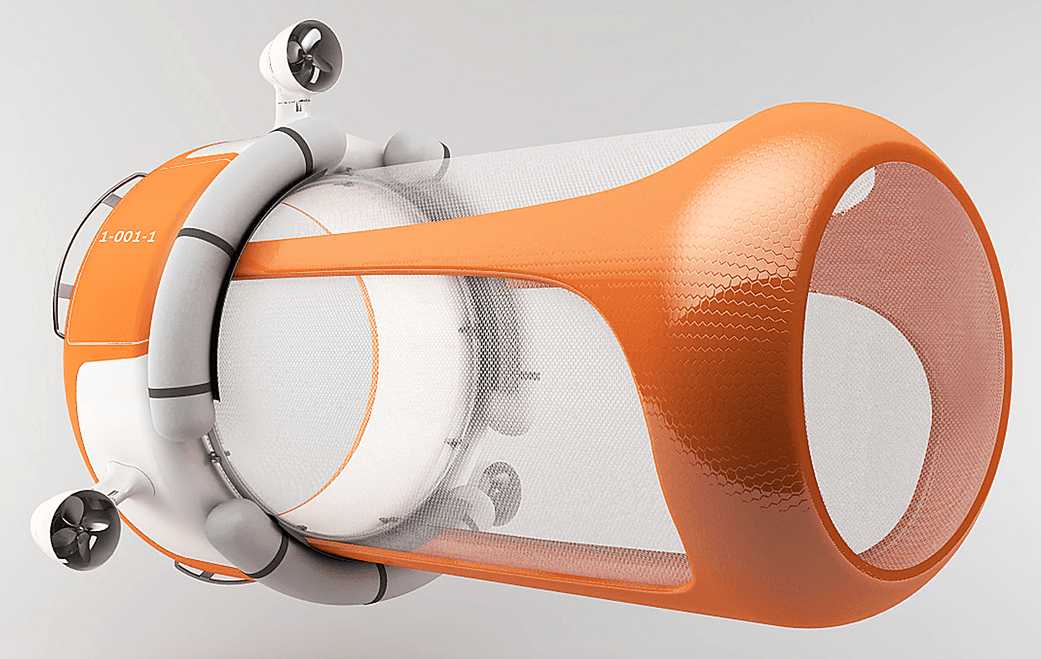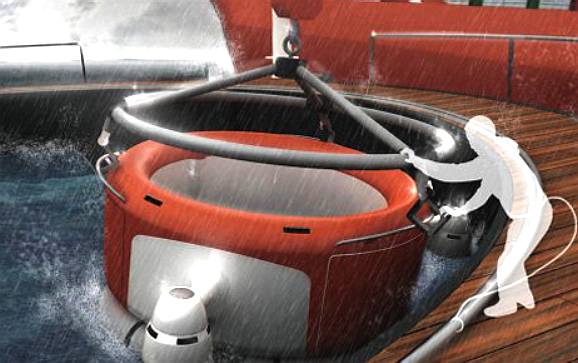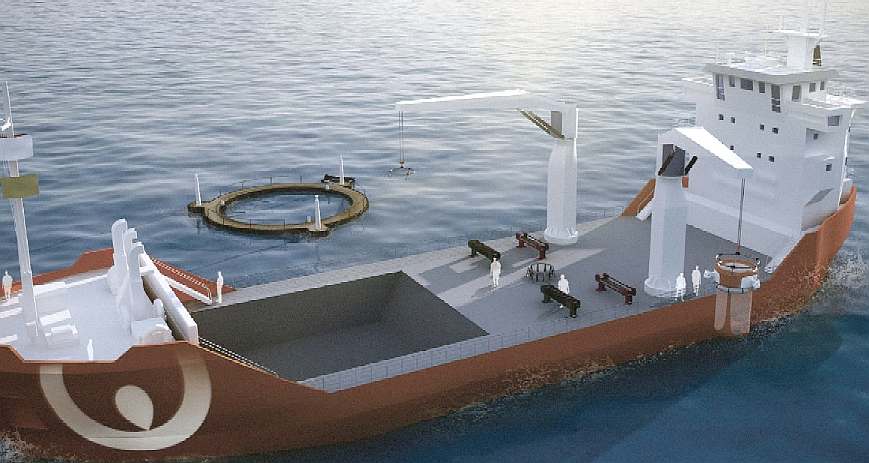|
|
ELIE AHOVI'S - DRONE UUV
|
|||
|
A 3D model of the Drone 1-001-1 from Elie Ahovi. The Drone 1-001-1 concept features a steel body construction with composite materials for strength and lightweight operation. Its battery-powered motors are quiet and efficient. Ahovi estimates the drone could remain submerged for about two weeks before needing a charge. The ocean drone uses an infrasound system to help it navigate away from schools of fish and larger underwater objects.
NEXT NATURE - FREE RANGE ROBOT FILTERS OUT OCEAN PLASTIC
Whale sharks are great at filtering; plastic needs to be filtered. For now, however, whale sharks only have an appetite for plankton. Industrial designer Elie Ahovi has jumped into the void with her Marine Drone, an autonomous robot that can dredge up the plastic junk that currently clogs our oceans. Roaming the ocean for two-week periods, Ahovi’s drone can collect plastic in its attached net while scaring off any marine life with an irritating high-pitched tone. When its batteries run low, the robot returns to a home base where humans can collect the plastic and ship it off to a recycling plant.
GEEK MECCA
A new underwater drone concept could seek and destroy one of the ocean’s most insidious enemies, while earning a profit for plastics recyclers. This marine drone can siphon plastic garbage, swallowing bits of trash in a gaping maw rivaling that of a whale shark.
Looking somewhat like a fancy fishing net, the design uses three thrusters to swoop down and scoop up plastic trash. The drag from such a design would be tremendous. Mind you, almost every vessel that has to sift waste on this scale will have a higher resistance to forward motion, but more especially when fully submerged with the hydrodynamics of a brick. Submarines, on the other hand, have a low resistance when submerged pro rata. That is because they have smooth nose and tail entry and exit tapers and when submerged, do not have to deal with wave drag.
The Marine Drone concept created by Elie Ahovi and his team of collaborators is a perfect example of a way drone technology can have a positive impact on our world.
The illustrations above show one of the giant robotic ocean going
butterfly nets being recovered by humans
onboard a medium sized ship.
ARCTIC - ATLANTIC - BALTIC - BERING - CARIBBEAN - CORAL - EAST CHINA - ENGLISH CH - GULF MEXICO
INDIAN - MEDITERRANEAN - NORTH SEA - PACIFIC - PERSIAN GULF - SEA JAPAN - STH CHINA
LINKS & REFERENCE
Geek Mecca plastic-eating-underwater-drone-could-swallow-the-great-pacific-garbage-patch 5 Gyres - Understanding Plastic Marine Pollution Wind Driven Surface Currents: Gyres SIO 210: Introduction to Physical Oceanography - Global circulation SIO 210: Introduction to Physical Oceanography - Wind-forced circulation notes SIO 210: Introduction to Physical Oceanography - Lecture 6 Physical Geography - Surface and Subsurface Ocean Currents North Pacific Gyre Oscillation — Georgia Institute of Technology Education National Geographic ocean gyre National Geographic 2014 July ocean-plastic-debris-trash-pacific-garbage-patch Plastic Soup News Blogspot 2014_July http://www.nextnature.net/tag/plastic-planet/page/2/ http://geekmecca.com/plastic-eating-underwater-drone-could-swallow-the-great-pacific-garbage-patch/ http://www.worldwildlife.org/threats/pollution http://plasticsoupnews.blogspot.co.uk/2014_07_01_archive.html http://en.wikipedia.org/wiki/Marine_debris http://www.plasticoceans.net/the-foundation/ http://www.greatrecovery.org.uk/plastic-its-a-lovehate-thing/ http://www.greatrecovery.org.uk/ http://seaplexscience.com/ http://abundantseas.org/ http://www.gyrecleanup.org/cleanup-plan/ http://education.nationalgeographic.co.uk/education/encyclopedia/ocean-gyre/?ar_a=1 http://www.plasticboards.com
Flipper would hate the plastic that is making the oceans a dangerous environment for his mates. Dolphins often get caught up in plastic nets, bags and ingest the toxic waste when they eat fish that have themselves eaten small plastic bits.
|
||||
|
This
website is Copyright © 2015 Bluebird Marine Systems Limited.
The names Bluebird, EuroStation™, Ecostar
DC50
™, SeaNet™,
SeaVax™ Utopia
Tristar™ and the blue bird in flight
|
||||



